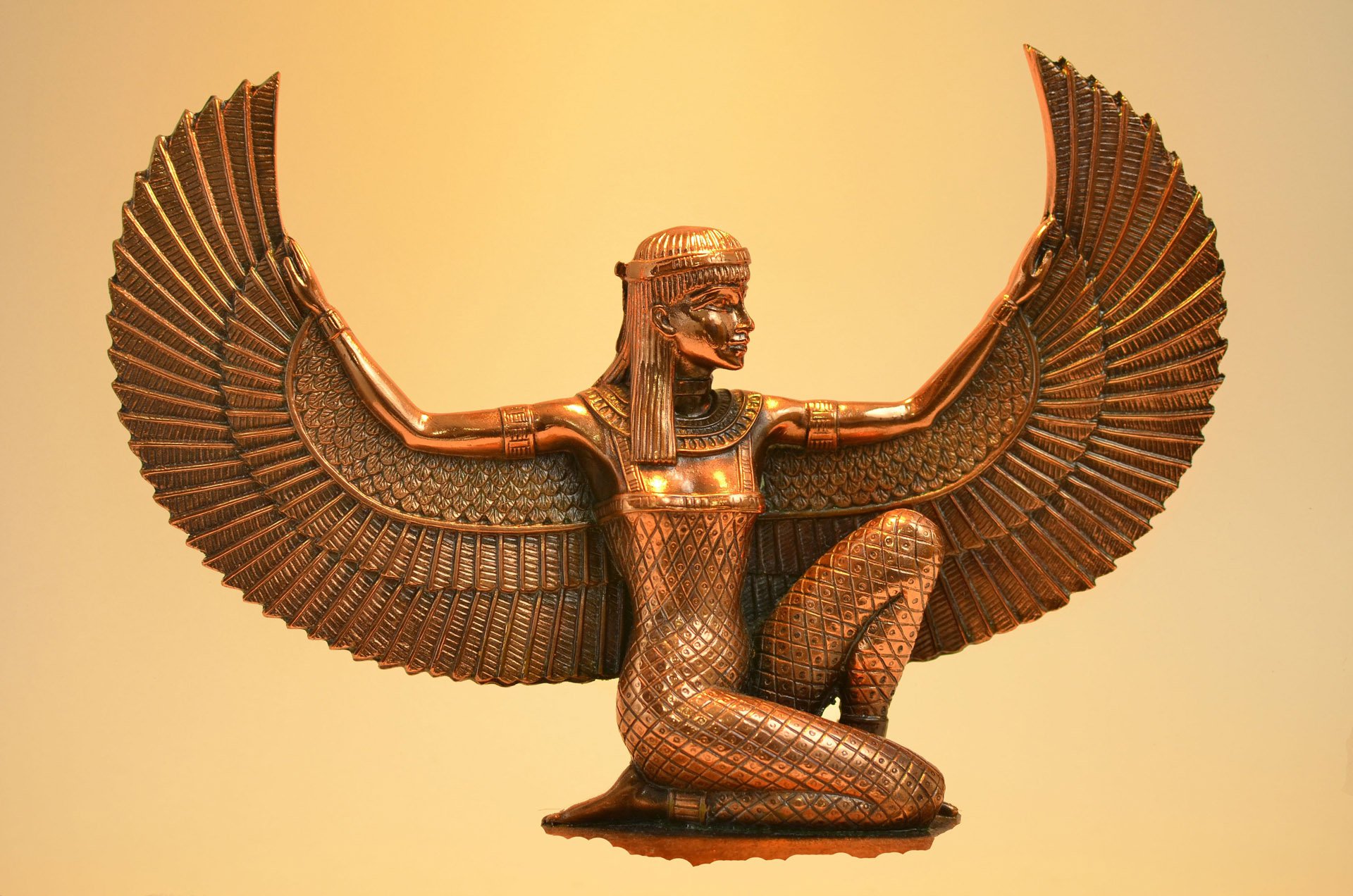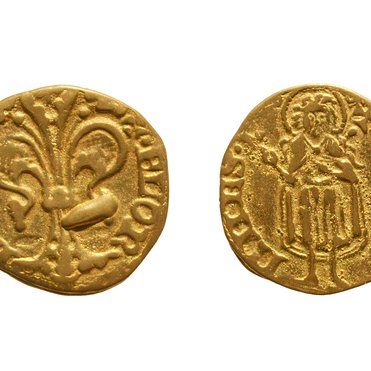The goddess Isis and Florence
In Florence, the temple of the goddess Isis was located outside the eastern walls of the city, in the square now known as San Firenze...
The ancient populations, from the Chinese to the Egyptians, the Celts and the Romans, considered the Earth to be a living organism and were aware of the importance of the place where houses, cities or temples would be built. Greeks and Romans have handed down divinities inextricably linked to the woods, the water and the land, uniting the West and the East. Starting in the third century BC, the cult of the Egyptian goddess Isis played a role of particular importance in all the Roman provinces and it was assimilated or modified with the coming of Christianisation.
In Florence, the temple of the goddess Isis was located outside the eastern walls of the city, in the square now known as San Firenze, beneath the complex in which the Zeffirelli Foundation is located. There is a less well-known memory according to which there was also a pyramid in Florence, similar to that of Cestius in Rome. The Florentine pyramid stood in the eastern district, which was beyond the Ponte Vecchio, in the area between via Guicciardini and Piazza Santa Felicita. It remained there until 1077, before being disassembled due to wear and tear and replaced with the column that we can see today in front of the church. Evidence of the eastern settlement in the city of Florence can be seen inside the church of Santa Felicita, where there is an ancient Syriac-Greek Orthodox cemetery, which contains tombs dating back to the third century AD.
Tags

Why do we say "San Giovanni non vuole inganni" (St John wants no deceit)?
A Florentine curiosity is the origin of the saying "St John wants no deceit"...
- by Redazione
- Feb. 6, 2020



